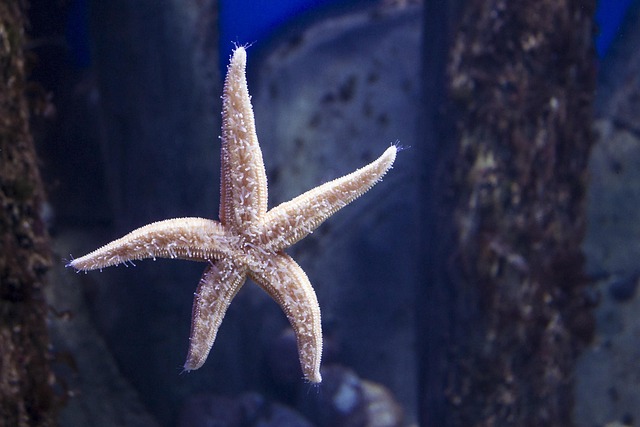Crafting a planted aquarium design with rock and wood involves selecting materials like limestone, slate, or cedar that complement your aesthetic—rustic or modern. Plan for balance through strategic layout, incorporating contrasting textures and heights. Integrate wood elements for natural appeal and durability, creatively blending them into the landscape to enhance the overall planted aquarium design.
Transform your outdoor space with stunning rock and wood formations using hardscaping techniques. This guide explores how to choose the perfect rocks and wood species, plan for balance and harmony, build impressive rock walls and retaining walls, and incorporate wood elements from decks to fences. Discover expert tips and creative ideas to elevate your planted aquarium design to a breathtaking work of art.
Choosing the Right Rocks and Wood Species for Your Design
When crafting a hardscaping design with rock and wood formations, selecting the perfect materials is key to achieving your desired aesthetic. Consider the overall theme and style of your planted aquarium design—are you aiming for a rustic, natural look or a more structured, modern approach? Different rocks and wood species offer unique textures, colors, and patterns, so choose wisely.
For instance, limestone and slate provide a classic, elegant appearance with their smooth surfaces and neutral tones, while granite and basaltic rock add a bold, rugged charm. As for wood, opt for durable species like cedar or redwood for their natural resistance to rot and insect damage. Each material has its own distinct character that contributes to the overall beauty of your hardscape, so select based on both visual appeal and functional requirements.
Planning and Layout: Creating Balance in Hardscaping
Planning and layout are crucial steps in hardscaping, especially when aiming for visually appealing rock and wood formations. The key to creating balance lies in carefully considering the size, shape, and placement of each element. Just as in a planted aquarium design, where aquatic plants and decorations must be arranged to create harmony, hardscaping requires an artistic eye.
Start by sketching out your desired layout on paper, experimenting with different arrangements until you achieve the perfect equilibrium. Incorporate varying textures and heights to add depth and visual interest. Balance is not just about symmetry; it can also be achieved through asymmetry, where contrasting elements are placed to create a dynamic yet harmonious composition. Remember, the foundation of any successful hardscaping project begins with meticulous planning and attention to detail during the layout stage.
Building Stunning Rock Walls and Retaining Walls
Hardscaping techniques offer a creative way to transform outdoor spaces with rock and wood formations, adding both structure and visual appeal. When it comes to building stunning rock walls and retaining walls, the possibilities are endless. Start by selecting the right materials, such as locally sourced stones or rustic timbers, to complement your landscape’s natural beauty. Incorporate varying textures, sizes, and colors for a dynamic effect that mimics nature’s own artistry.
For a planted aquarium design twist, consider integrating these hardscaping elements with living plants. Strategically place low-growing shrubs or succulents at the base of rock walls, allowing them to spill over for a soft contrast against the rugged textures. Climbing vines can also add vertical interest, trailing up along wooden beams or natural stone faces, creating a sense of depth and movement in your outdoor sanctuary.
Incorporating Wood Elements: From Decks to Fences
Incorporating wood elements into your hardscaping design is a beautiful way to blend natural aesthetics with structural appeal. From elegant decks to sturdy fences, wood adds warmth and texture to both residential and commercial spaces. For a harmonious look, consider using materials like treated cedar or redwood, known for their resilience to decay and insects.
When designing with wood, think about creative ways to integrate it into your landscape. For instance, a raised bed with wooden planks can highlight a planted aquarium design, combining the tranquility of water plants with the rustic charm of natural wood. Fences can also be transformed into artistic statements by incorporating wooden panels or trellises, allowing vines to grow and create a lush, living boundary.
Hardscaping offers a creative way to transform your outdoor space into an artful masterpiece. By combining rocks, wood, and careful planning, you can create stunning rock walls, retaining walls, decks, and fences that enhance any landscape. Choosing the right materials and designing with balance in mind ensures a beautiful and functional result. Whether you’re aiming for a natural look or something more dramatic, these techniques allow you to craft unique features that will stand the test of time, much like the enduring beauty of a planted aquarium design.
